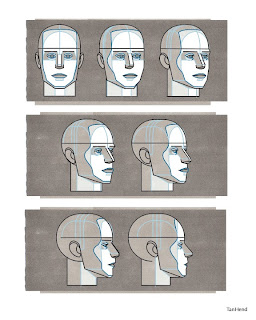"If you are asked to think of an object, say a cone, it will not, I think, be the visual aspect that will occur to most people. They will think of a circular base from which a continuous side slopes up to a point situated above its centre, as one would feel it. The fact that in almost every visual aspect the base line is that of an ellipse, not a circle, comes as a surprise to people unaccustomed to drawing.
The fact that we have two flat pictures on our two retinas to help us, and that we can focus at different planes, would not suffice to account for our knowledge of the solidity and shape of the objective world, were these senses not associated with another sense all important in ideas of form, the sense of touch."


















